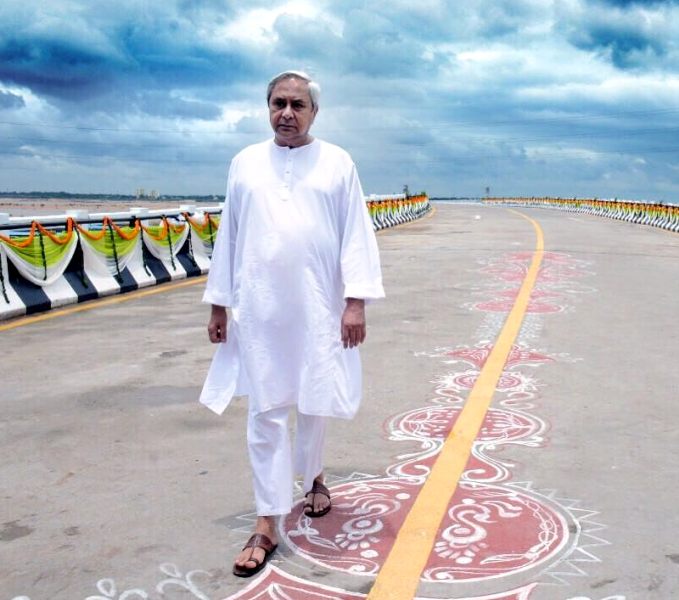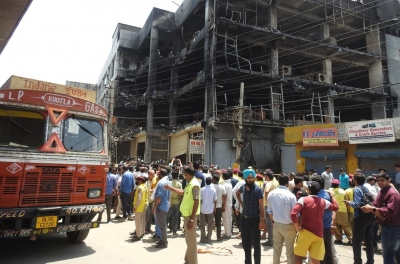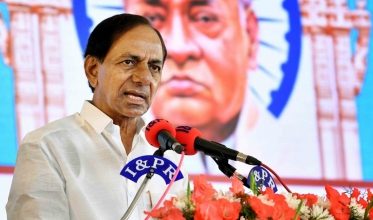A Culture On Top Of Hills That Has Started Faltering Due To Neglect In Health Sector

By D N Singh
Malkangiri: Height, gravity of the silence and a bed of culture yes we were at Kichakpada almost the cap of Malkangiri district’s Bonda empire In Odisha.
One of the 32 Bonda tribe settlements on the hills, that is Kichakpada.
About a 2 and half kms long and stiff climb up from Andrabahal that nestles with the foothill settlements running down to Mudulipada, the plain area where also Bondas live known as lower Bondas.
Upper Bondas with a population of 6,700 who are the most isolated from mainstream Indian society are on the hills, and the Lower Bonda with a population of 17,000 live close to mainstream population. Those now wear a non-tribal look.
They(Upper Bondas) all live in their own ways in complete isolation from the normal habitats, known for their love to live in their own domain with a very discernible sense of alienation from the normal people down.
While coming from the Koraput district town headquarter towards Malkangiri, we took an abrupt diversion on the left at Khairput block, which is supposed to be the gateway into the Bonda hills.
When the Sun sets the entire hills remain clad in a hazy apron with slatey smoke billowing from within the thick foliage harboring the settlements.
When we climb up and up amid the sylvan beauty one thing comes to the fore and that is the pitiable health facilities in these hills.
We saw a man being carried down the hilly track to a place called Mudulipada where there is a small health center with a compounder and an occasionally visible doctor.
Although the tribe, one of the most primitive in the country, had always lived with complete intimacy with nature, as herbs, roots and fruits serving as palliatives against ailments, but with the changing climatic pattern they face the invasion of new diseases making new challenges as life threats.
What’s terribly missing in these woods are the basic health facilities like primary health aids and sense of hygiene.
Instances in the recent past expose that there is a yawning gap between what the government claims and what is available to these hilly habitants, mainly the Bondas.
Inaccessible terrains, jungles, water bodies stand in between health cure and people. Health services are pitiably absent and lack of primary facilities and transportation deprives the tribe of their lives more often than not.
Dumbru Markani had lost his wife in 2022 who had to be physically shouldered on a cot down the hills for 5 kms down to Mudulipada’s primary health for delivery when in acute pain. She died much before reaching down there.
So many such incidents take place through the years but go unreported.
The population remains stagnant for many years, mainly among Upper Bondas.
Upper Bondas with a population of 6,700 are the most isolated from mainstream Indian society, and the Lower Bonda with a population of 17,000.
History made a painful repeat in a year from then as Suman Sumari (name changed) was wreathing under unbearable pain in the lower part of the belly.
Her father’s journey was so grueling , her pain was increasing and the father and a neighbor carried her physically from Kumruput down towards Kahirput. But her pain was so severe that she succumbed much before they could reach the CHC (Community Health Center) at Khairput.
Bonda is not only one of the most ( supposedly second most primitive) tribes in India that is also most under-privileged.
The tribe reside in remote hilly terrains and qualify as vulnerable because of their stagnant population, low literacy level and pre-agricultural level of knowhow” said Dr S N Sahu, a noted scholar on Bonda tribe
While health parameters remain a major area of concern, in many of such villages, remote geography and limited communication access also impact their healthcare-seeking approach. The insecure livelihoods and lack of access to government services have significantly impacted the health of these tribes” added Dr Sahu
Geographic isolation is obviously one major bottleneck and to address such issues the State government had created the Bonda Development Agency (BDA) which was supposedly a single window that was supposed to reach out to the deep interiors in the Upper Bonda settlements but it has not been possible for the BDA due to lack of many infrastructures including trained man power.
Most of the villages are inaccessible in the sense that there are only narrow strips cut through the hilly tracks where only two wheelers can go and at Sun-set it is just a nightmare for handling a sick person.
“Normally it takes us over three hours to cover the distance on foot. There is no other option. Ambulances cannot reach us and we have to cover the distance on our own” laments Dombru Sirsa, former MLA and added “although I have proposed widening of climbing tracks many times and creation of Mobile health services but such proposals are still to be implemented.
What is feared is that the population of Upper Bondas remaining stagnant and mortalities, mainly infant mortalities, increase, many of them try to relocate themselves in the lower niches like Mudulipada and around where they slowly depart from the customs, wearing, life-style, values and innocence, and gradually become like any other, in total detachment from the nature.
Which may lead this tribe one day to become museum show pieces. “A tribe that is believed to have come to Odisha migrating from South Africa 60,000 years ago and became forest settlers are required to be preserved” noted Dr Sahu.






